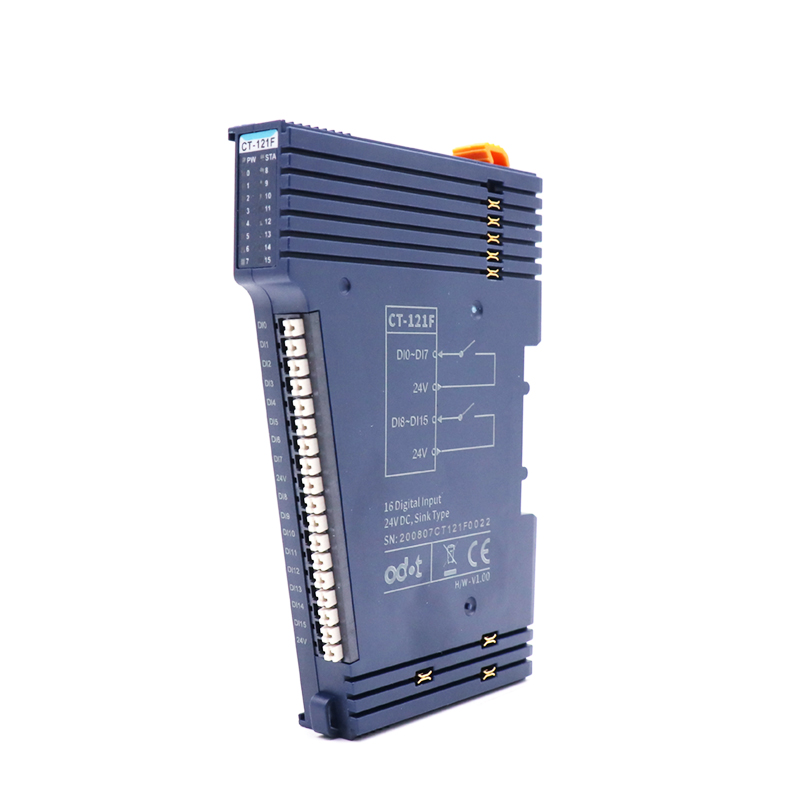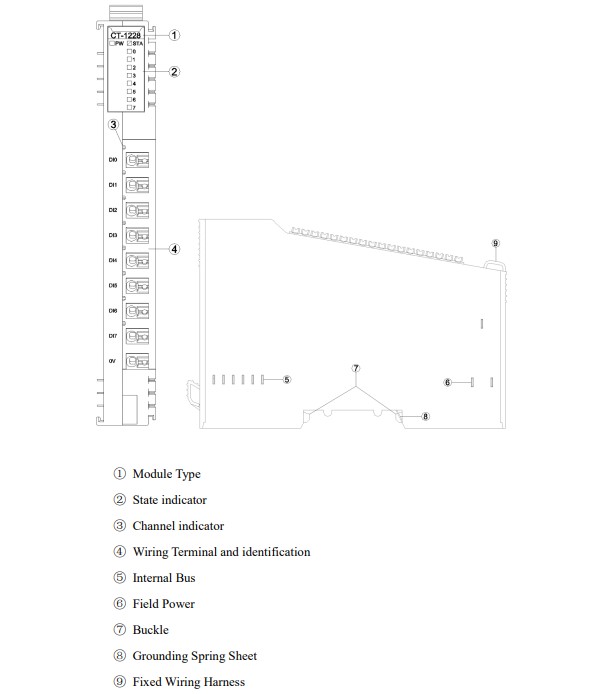Gaming laptops are a dime a dozen, but finding a gaming laptop that balances portability with performance is a real challenge. Gamers always want the highest framerates but don’t like bulky chassis, so it’s difficult to find a laptop that meets this need. Luckily, the Lenovo Legion S7 combines a slim form factor with some beefy internals and a great 4K screen to deliver some great gaming experiences. While it may only come with an RTX 3060 GPU, it’s still more than capable of powering through some of the most demanding games – as long as you’re not playing them at 4K resolution.
The all-black body of the Legion S7 is pretty to look at, but a bit challenging to keep clean from smudges and fingerprints. Weighing in at 1.9kg, the Legion S7 is still light enough to pop into a backpack and carry around for your next gaming spree. Overall, the build quality is solid with just a slight flex with the display, just because of how thin it is. EtherCAT Bus Coupler

Ports are divided between the left and right side and the rear of the laptop. The left side contains a headphone jack and SD card reader, while the right side holds two USB Type-C ports.
Finally at the rear, you’ll find the power jack and two USB Type-A ports. What’s odd to find here is that there’s no HDMI port nor Ethernet port, so you’ll have to rely on dongles or a monitor with USB Type-C connectivity if you want to work on a larger screen. Similarly, not having a physical Ethernet port on a gaming laptop is a bit confusing since most gamers would prefer to game with a wired connection instead of wireless.
Our review model came with a 15.6” UHD (3840 x 2160) IPS panel, running at 60Hz. The bezels on three of the edges are slim with the bottom edge being the thickest and featuring a discreet ‘Legion’ logo. Pricing starts from AED 7,350.
The display is 100% Adobe RGB, VESA DisplayHDR 400 certified, and Dolby Vision-enabled, with a maximum brightness of 500 nits. You can use the Lenovo Vantage program to cycle through different display settings to suit your needs as well. The display is sharp, and text is very readable, and even in outdoor lighting you’ll be able to use this laptop comfortably.
You’re only stuck with a 60Hz panel here unfortunately, as you’ll have to opt for the FullHD panel instead if you want 165Hz refresh rates instead. Still, even at 60Hz you can enjoy almost any videogame, and frame rates are mostly solid throughout. Both FreeSync and Nvidia’s G-Sync are available here, as well as for external displays. The Legion S7 worked well when driving our massive Lenovo external monitor via USB-C at near-4K resolution.
At the top of the display is a 720p camera which is as good as a laptop camera can be. It’s not very good at picking out details, even in bright light, so you’ll want to keep this in mind if you are going to livestream from this laptop or use it for video calls. Lenovo has included a privacy shutter as well, which you simply slide into place when you’re not using the webcam. Unfortunately, since there aren’t any IR cameras on this laptop, you can’t use facial recognition to log in to Windows and have to either use your password or the fingerprint sensor on the power button to unlock it.
Specs-wise, there’s enough here to get some very good numbers during our gaming tests. Our review model came equipped with an AMD Ryzen 9 5900HX processor, 32GB of DDR4 RAM, a 1TB M.2 SSD, and an RTX 3060 laptop GPU with 6GB of GDDR6 RAM. You can also add an additional full-sized M.2 drive for extra storage, should you need it. There’s a little bit of prying involved to get the bottom cover open, but once you’ve done so it’s easy to add in the extra storage. Lenovo have even pre-installed a heat pad for a second M.2 drive, which is a nice touch.
For our gaming tests we ran through a variety of games, all running at 1080p resolution with graphical details set to the maximum possible. The Witcher 3 saw framerates of 82fps, and we saw similar performance in games like Far Cry 6, Tomb Raider, and the Final Fantasy XV benchmark. 4K performance suffered more, with the same games pulling in an average of 37fps at max settings and creeping up to 45fps with GPU elements turn down to medium or low quality. 4K gaming is not this laptop’s strongpoint, and it isn’t designed to be, especially with the GPU that’s equipped in it.
It's worth pointing out that you can get quite a bump up in framerates – around 8-10fps – if you swap to the ‘Performance’ mode. This slightly overclocks the laptop at the expense of greater heat and fan noise, but you’ll be enjoying some extra few frames in your favourite games. Thankfully, it’s not too hard to accomplish via a keyboard shortcut.
Speaking of the keyboard, Lenovo have kept gamers in mind with this keyboard, as it’s well-spaced and the keys are a delight to press. Of course, they aren’t the mechanical keys that most gamers are used to, but they still have sufficient weight to them, and feel firm for hours of frantic gaming action. There’s also a keypad and full-sized arrow keys, which are often omitted or compromised for gaming laptops.
As this is a gaming laptop, there must be RGB lighting, and the Legion S7 is no exception. There are a couple of lighting presets that you can cycle through with a keyboard combination, or you can leave the lighting off completely. The iCUE app is supposed to give you control over the keyboard lighting, but for some reason the app just didn’t detect the keyboard as a compatible device to control, so we were stuck with the default colour options only.
The trackpad is spacious and responsive as well, responding firmly to our button presses. Of course, you’ll be mostly using an external mouse while gaming, but it’s still good to have a capable trackpad for other tasks.
As with any laptop, battery life will depend heavily on what you’re using the laptop for. Attempting to game on the Legion S7 without a power source will drastically bring you to just under two hours of battery life, with poor framerates. But for watching movies or casual web browsing, you can squeeze a little over six hours of battery life with the RGB lighting turned off and brightness set at 50% along with the Quiet battery profile. The Legion S7 comes with a slim yet wide power adapter and can charge to full in just under 2 hours. There’s also an option to enable rapid charging, which will work for the first half an hour or so. You can also charge the laptop via a USB-C charger, provided it’s at least 95W.
Heat levels on the Legion S7 aren’t too bad if you’re using it for everyday tasks, but once you start gaming you’ll find things get a bit toasty. The keyboard area gets only slightly warm to the touch, with the area near the power button feeling the hottest. We did notice that using a cooling pad with the Legion S7 or propping it off the desk slightly did help airflow and overall cooling, so perhaps it’s worth using this laptop with a cooling pad when gaming. Fan noise levels weren’t too loud to be distracting, and are usually very quiet during everyday tasks.

16 Channel Digital Output The Lenovo Legion S7 may be odd with its lack of HDMI or Ethernet port for a gaming laptop, but this aside, performs very well for almost any AAA title. If you’re content with gaming at 1080p, then you’re going to see some very smooth framerates time after time. The Legion S7 is also a great laptop to be editing content with, whether it’s hours of gameplay footage or just some photo or video work that you’d like to stitch together. For anyone in the market for a truly portable gaming laptop, the Lenovo Legion S7 absolutely shines through, and is a firm pick for any gamer.